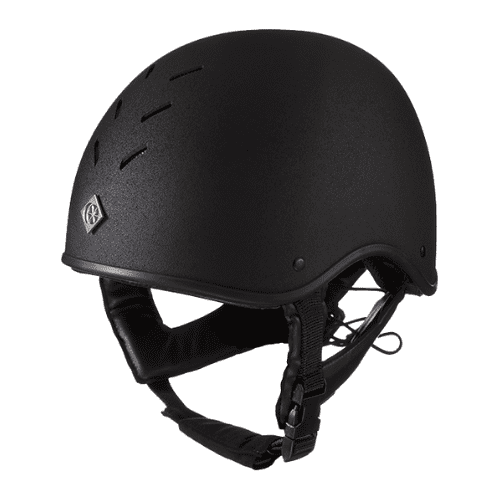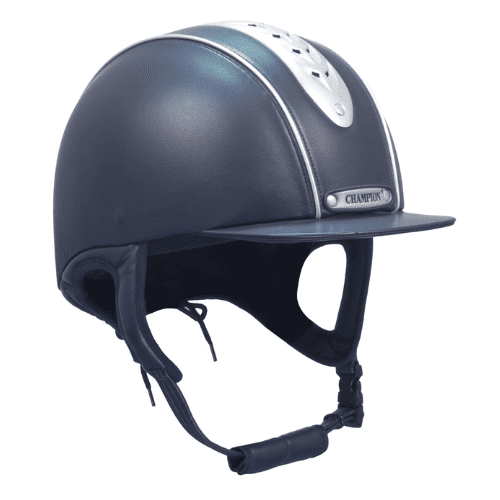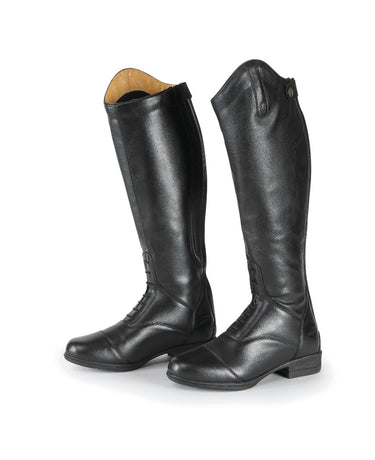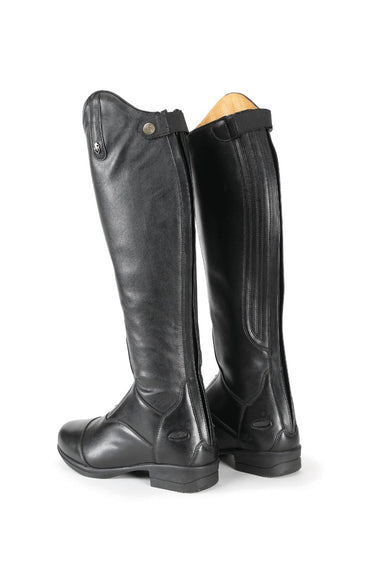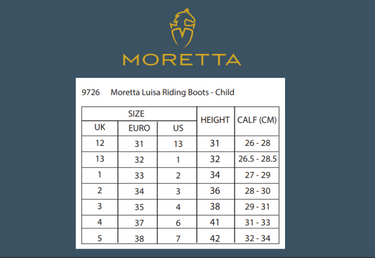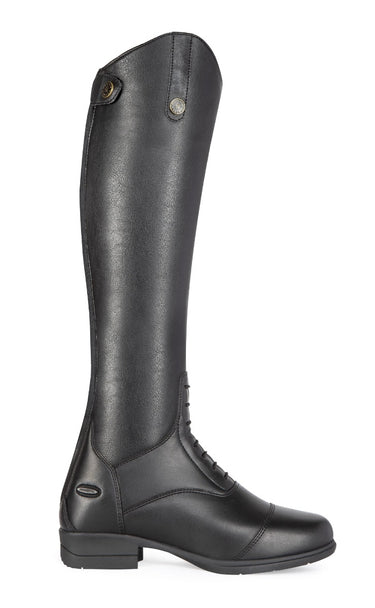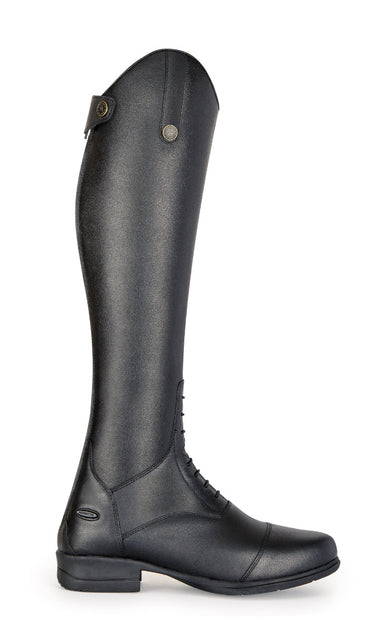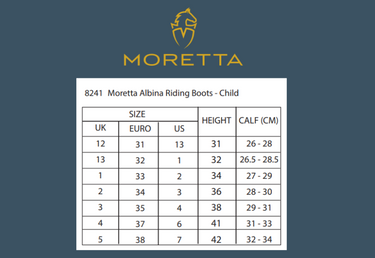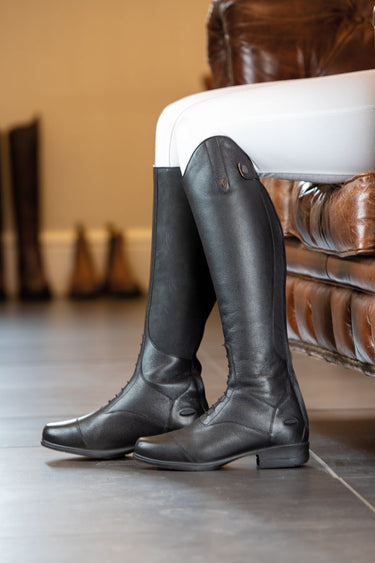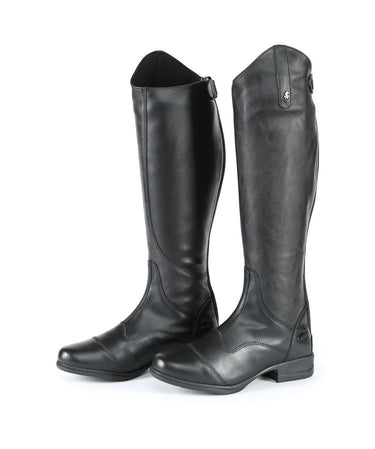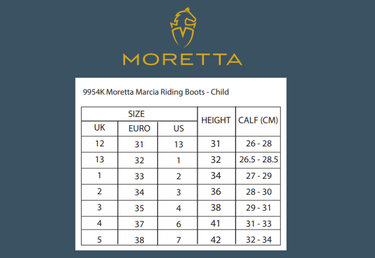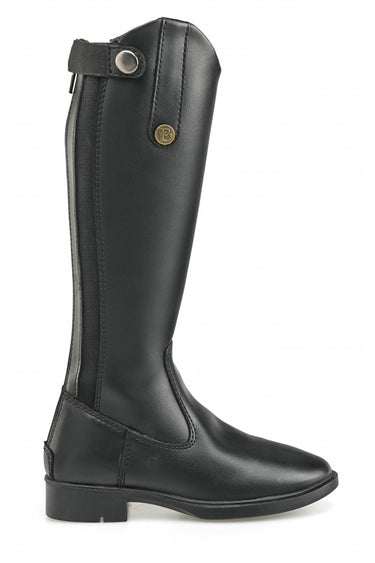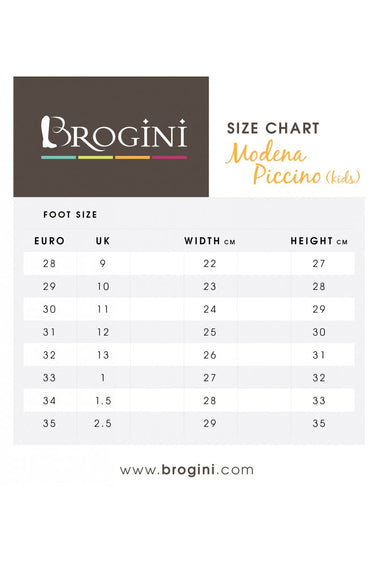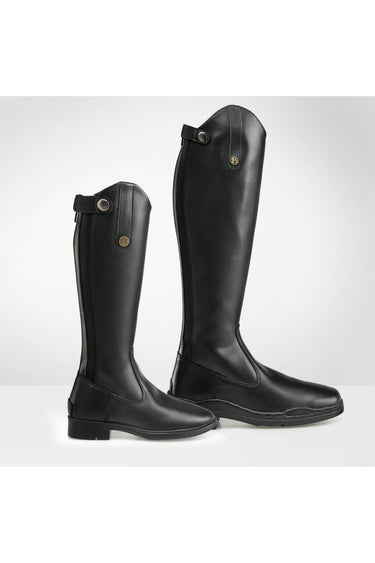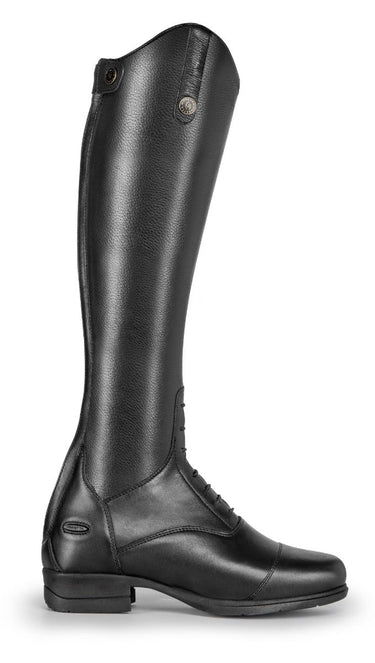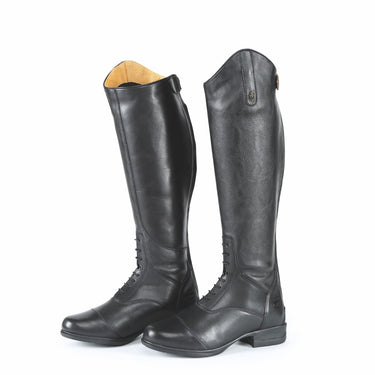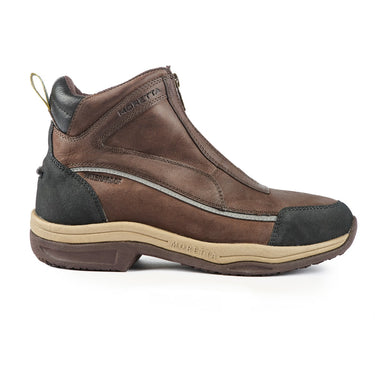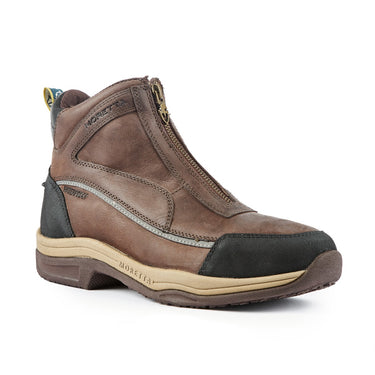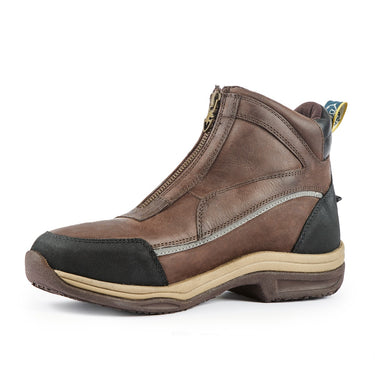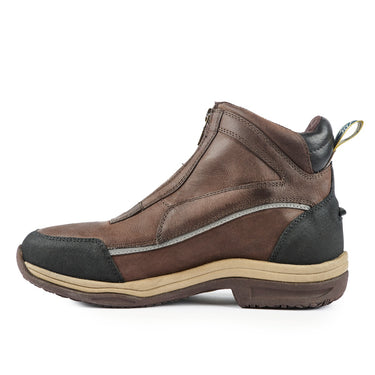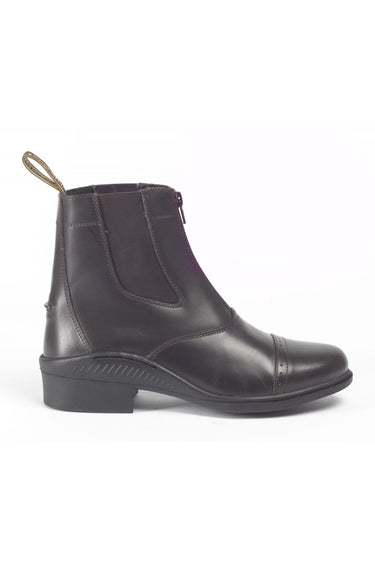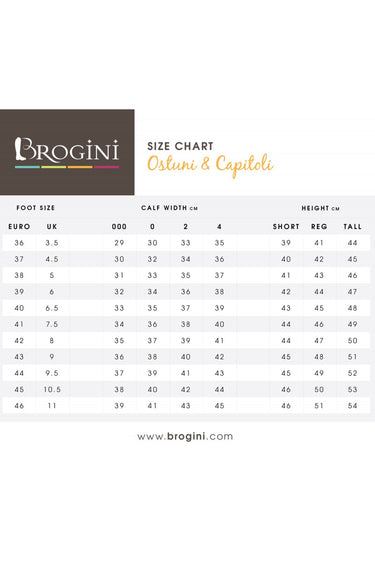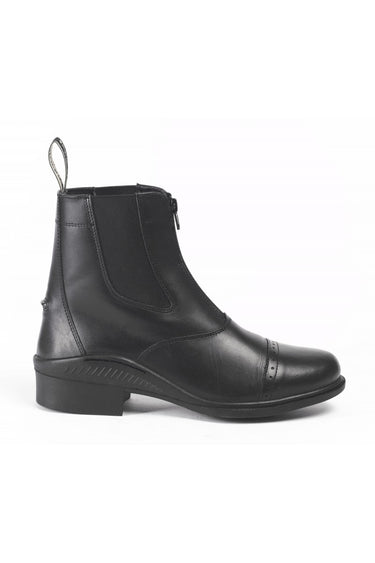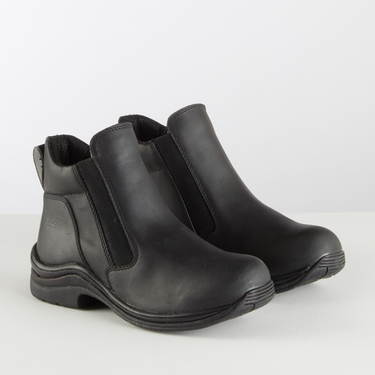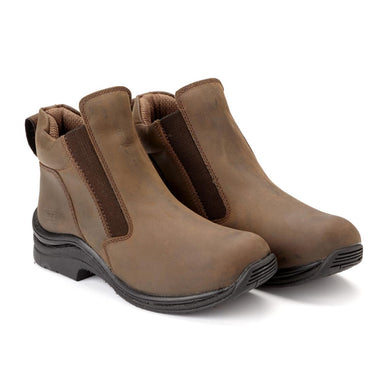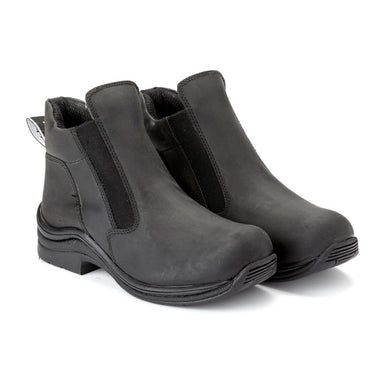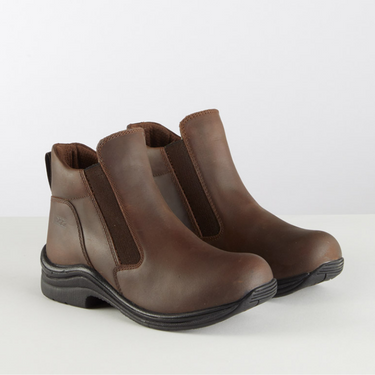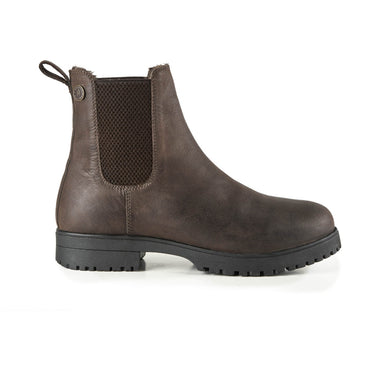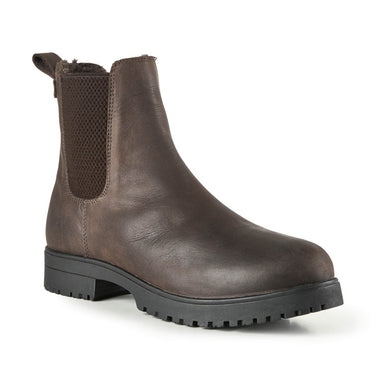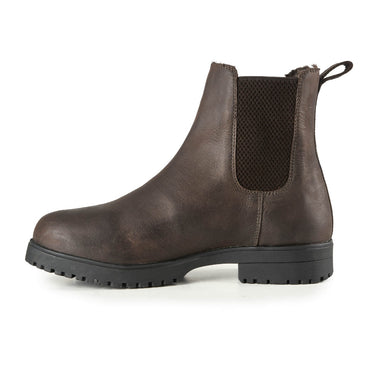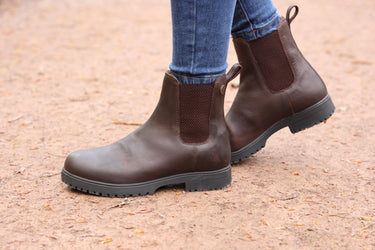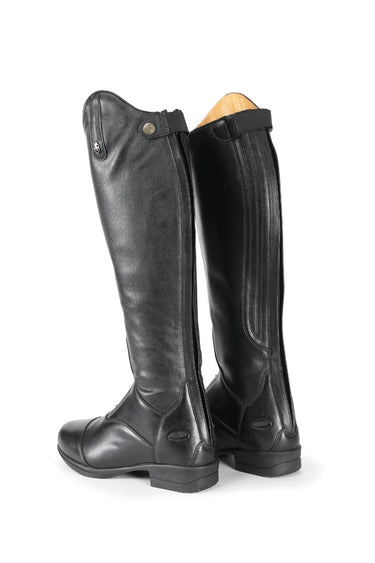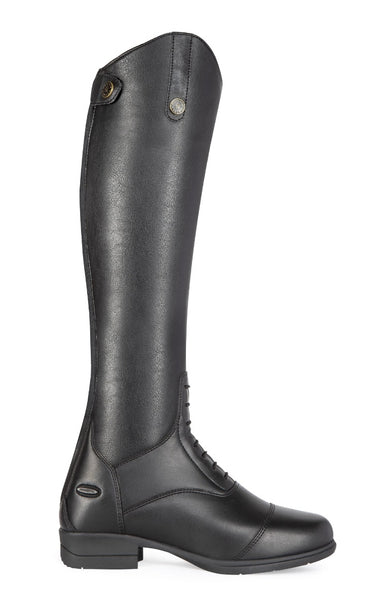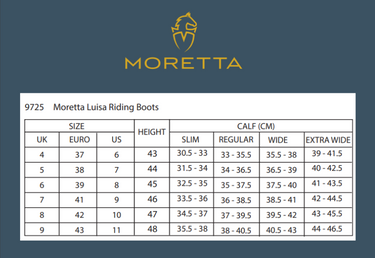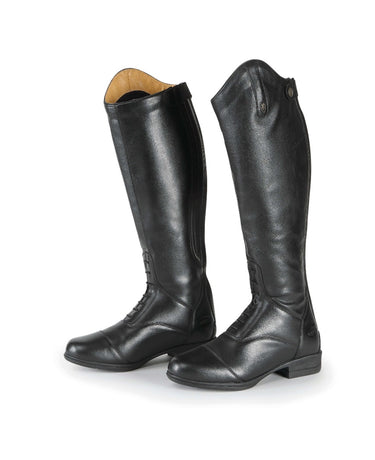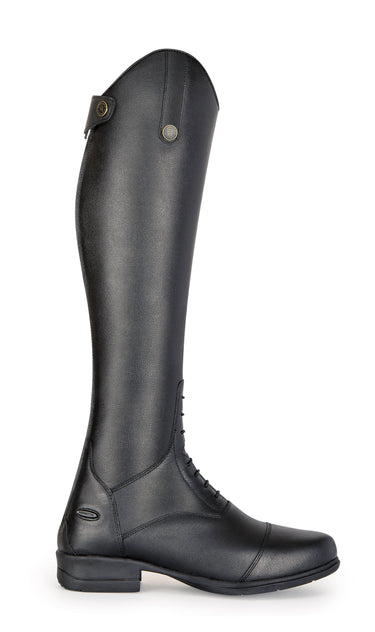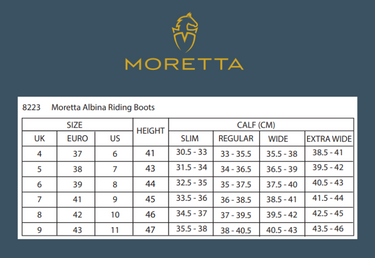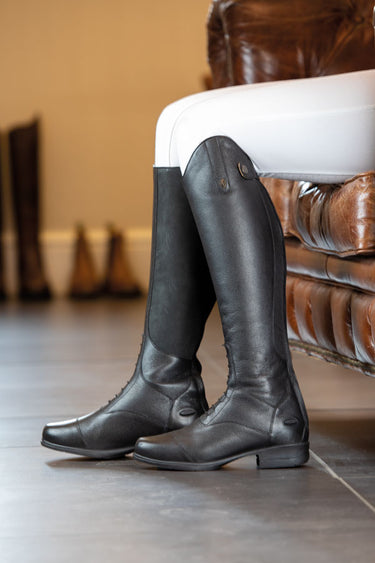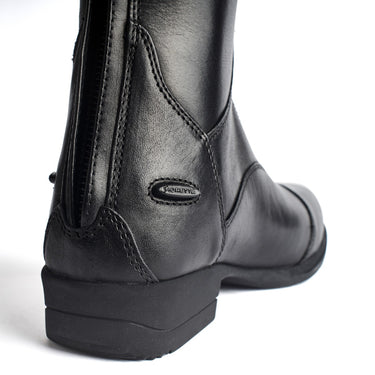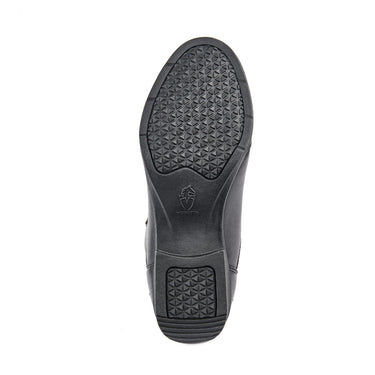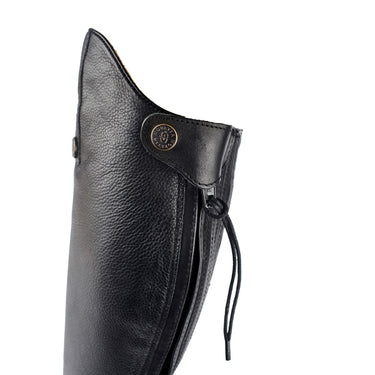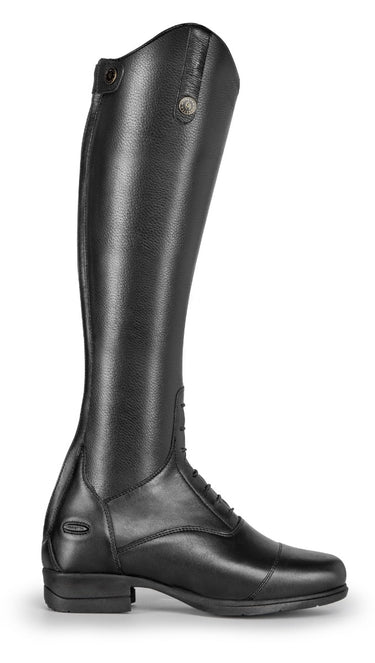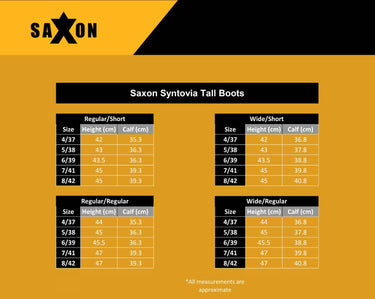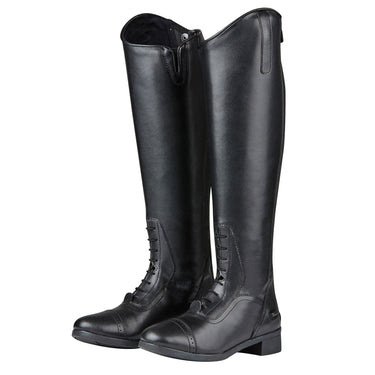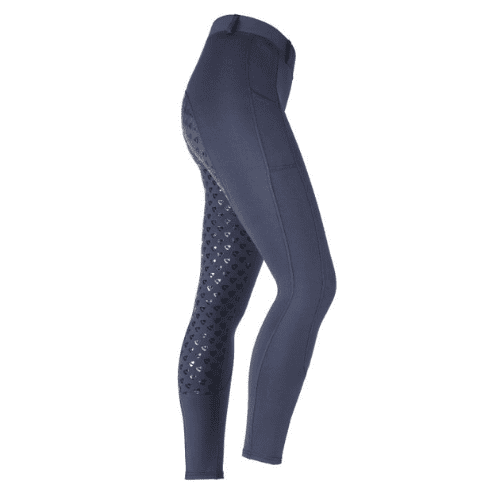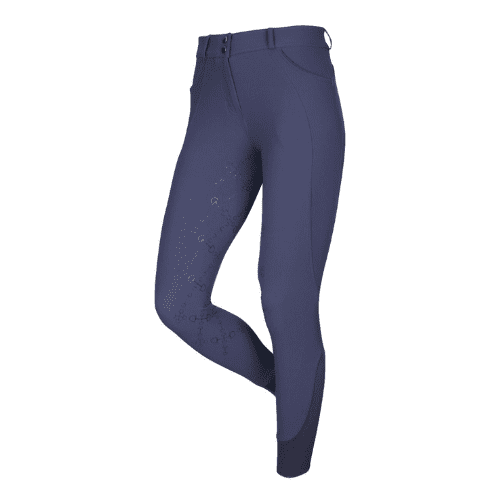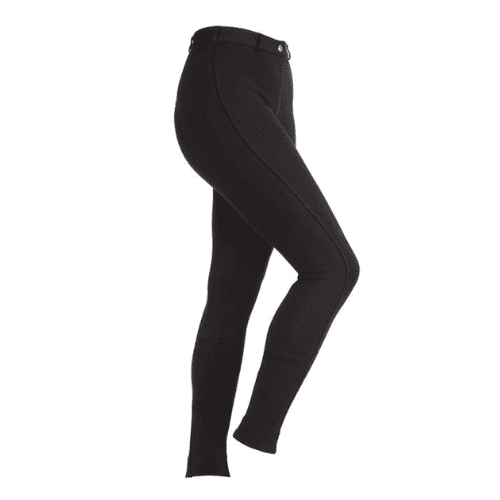Are you trying horse riding for the first time?
Welcome! Horse riding is friendly, inclusive and accessible for people from all backgrounds. It's a fun, challenging and addictive hobby that offers the opportunity to learn new skills and spend time with horses. It's also a great way to enjoy the outdoors, explore the countryside and keep fit!
We would always recommend that you start your journey by taking some lessons at a reputable riding school. The best place to look for a local riding school would be on the British Horse Society website where they have a list of BHS approved centres - this approval ensures riding schools provides the highest standards of equine welfare and instruction, are fully insured and have your safety as priority.
Once you've chosen your riding school and booked your first lesson, you'll probably be wondering what you'll need to wear. It's easy to get overwhelmed and confused, but don't panic! We're here to help. We've put together this simple guide to get you looking the part and feeling comfortable for your first ride, while making sure you're safe. You don't need to spend a fortune or choose the most technical clothing and equipment straight away - unless, of course, you want to! Just make sure that it's comfortable, fits well and that your safety equipment meets the latest safety standards. Stick to your essentials and go from there.
Essential items that you will need for your first ride are a correctly fitted riding hat that meets the latest safety standards and a pair of riding boots with a smooth sole and a small heel. You may also benefit from a pair of riding gloves to protect your hands. Choosing to wear a type of riding trouser - riding tights, breeches or jodhpurs - instead of jeans or jogging bottoms will make you more comfortable in the saddle too.
Riding Helmet
We would not recommend ever riding without a riding hat, but if you are having a lesson at a riding school they are compulsory. Riding schools will usually provide hats for beginners to use, but it's better to have your own if you're going to be riding regularly.
It doesn't matter which style of riding hat you choose when you're just starting out. Jockey skulls paired with your choice of hat silk are a popular choice but peaked helmets are fine to wear too (riders often prefer this style as it gives a more elegant look). It's most important that the helmet fits your head well; some styles suit particular head shapes better than others. We would highly recommend purchasing your helmet from a tack shop with a professional BETA (British Equestrian Trade Association) trained hat fitter who will be able to best advise you on the style and size of hat which will suit your needs.
Information and advice on riding hat sizes and fitting can be found here on our Riding Hat Fitting Guide.
Key Points:
- A riding hat is the most important piece of equipment to keep you safe
- Either a jockey skull or a peaked helmet is fine to wear
- It must fit well and be comfortable
- Being fitted by a BETA-trained professional is highly recommended

